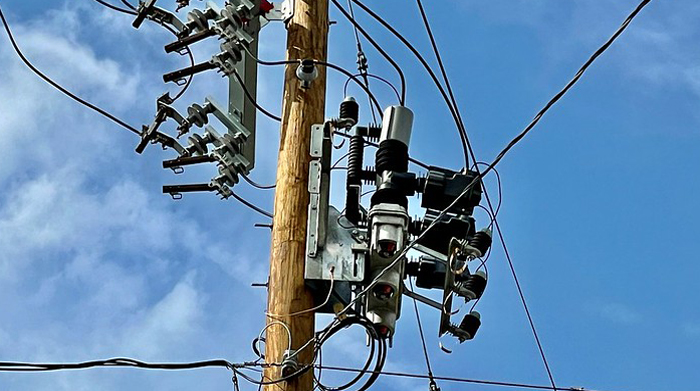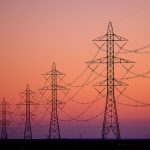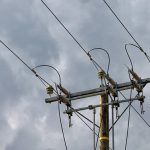How DTE is Using Smart Devices to Alleviate Power Outages

Image courtesy of FirstEnergy under Attribution-NoDerivs 2.0 Generic License, resized to 700 x 391 pixels.
Detroit-based DTE Energy is utilizing so-called smart devices to monitor power lines and quickly identify damage. It’s part of the utility’s overarching goal to modernize its infrastructure and reduce the duration of outages. For today’s post, I thought I’d take a closer look at DTE’s efforts in this regard.
Snapshot of DTE’s Smart Devices and Grid Modernization Efforts
In 2023, DTE released the details around its $9 billion initiative to improve reliability, reduce the number of outages by 30%, and reduce the duration of outages by 50%, by 2029. Deployment of smart devices and similar technologies is the utility’s means of achieving these ends.
A key component of the grid modernization effort is the installation of reclosers on poles that interface with the grid to reroute power when necessary and alert workers of faults and malfunctions rapidly. DTE’s plan is to install these devices first in areas that are most vulnerable to outages, and then fan out from there. Each installation can take up to 5 days, and door tags are typically utilized to keep customers informed.
In 2023, DTE, at a cost of $100,000 per device, installed 210 reclosers, and plans to install another 280 units this year. All told, the utility expects to have a total of 10,000 reclosers deployed by 2028.
The reclosers, each of which weighs about 700 pounds, send data to the utility’s new state of the art control center whenever something gets compromised – such as a tree falling on wires. The location of the fault is pinpointedly determined without the need for crews to patrol an area, accelerating the diagnostic process. The devices can also remotely deenergize lines and inform staff when it’s safe to do the restoration.
In the final analysis, technological advancements, improved data ingestion methods, and smart devices like reclosers can help any utility improve outage performance. But only some utilities like DTE are actively pursuing these opportunities. Let’s hope more utilities will follow suit as time goes on.



